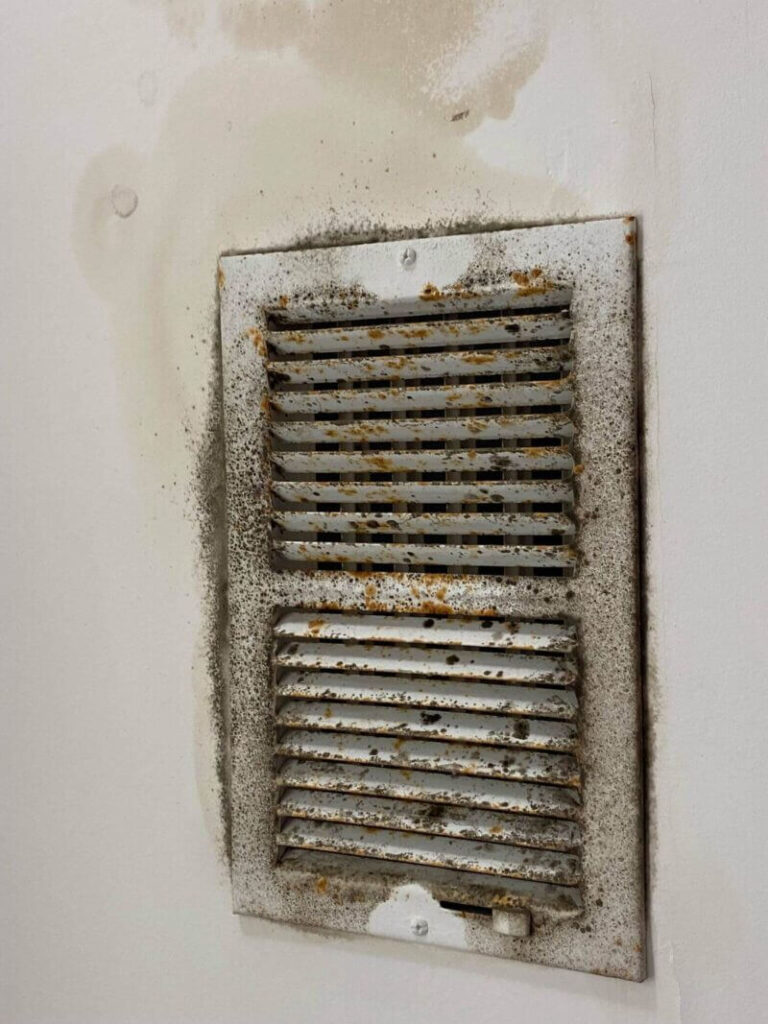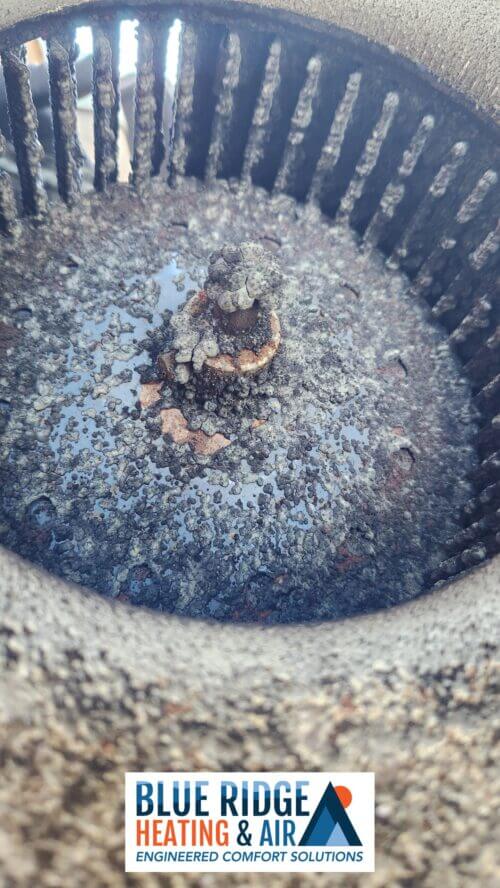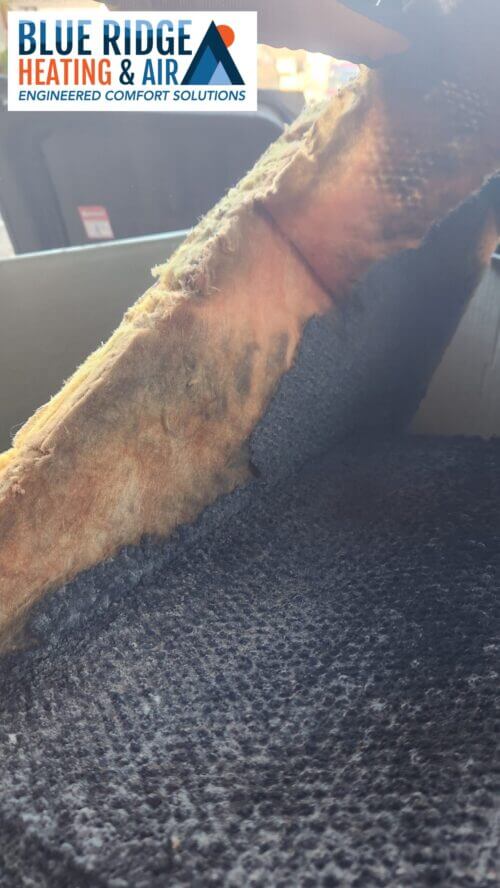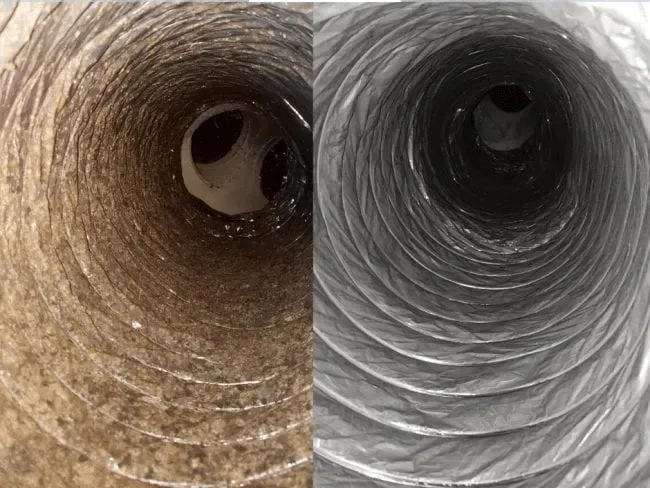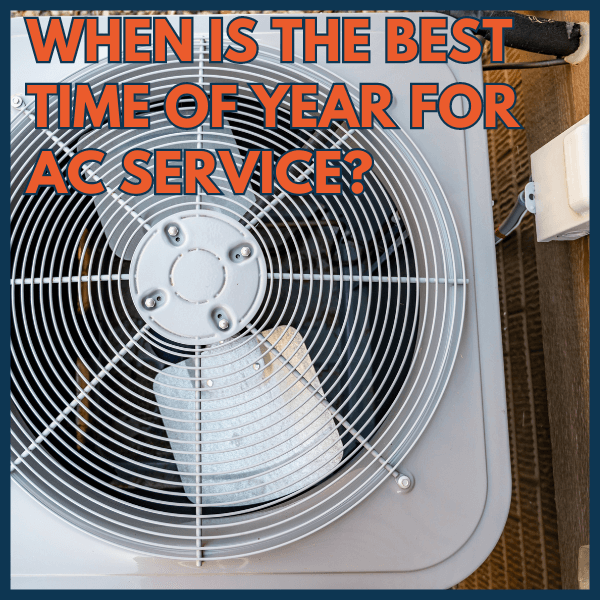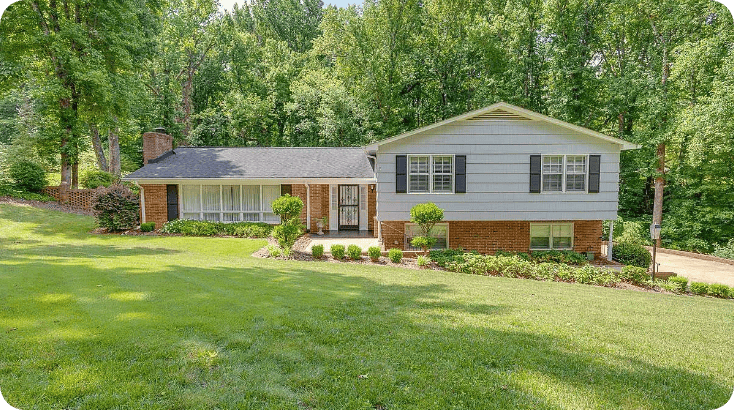Understanding Aspergillus and Penicillium Molds: Health Effects and Risks
Understanding Aspergillus and Penicillium Molds: What are The Health Effects and Risks? What is this Mold? Molds are a natural part of our environment, playing a crucial role in decomposition and nutrient cycling. However, some species, particularly Aspergillus and Penicillium, can pose significant health risks to humans. This article explores these molds, their potential health effects, and preventative measures….

